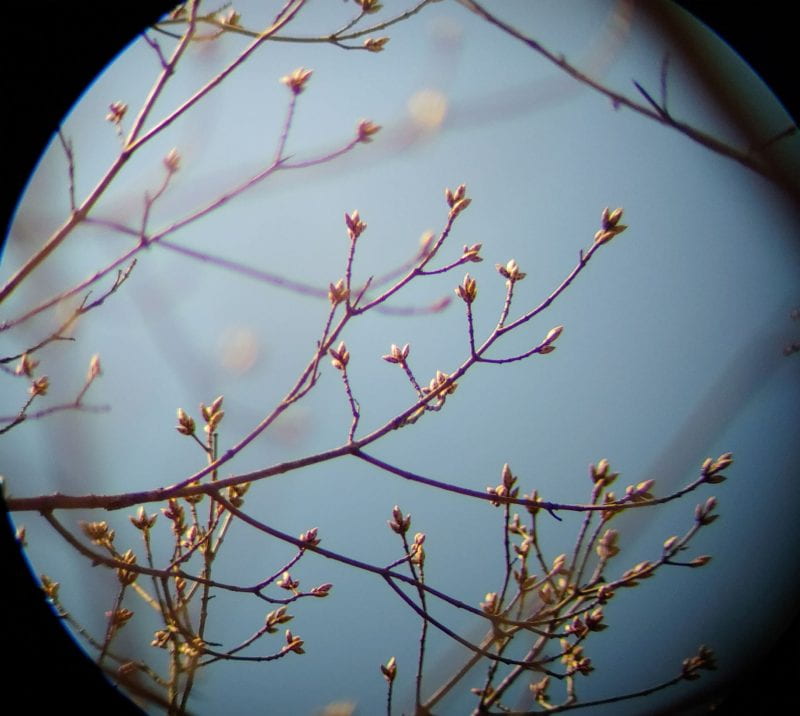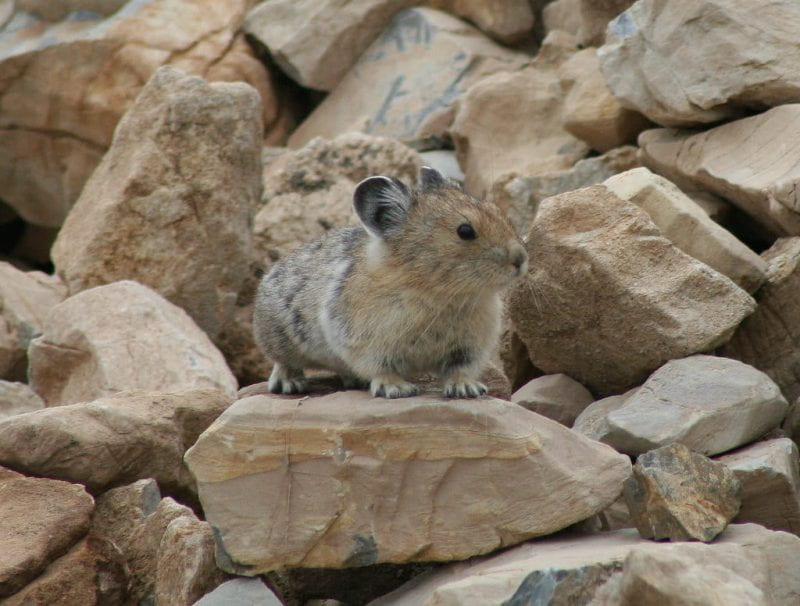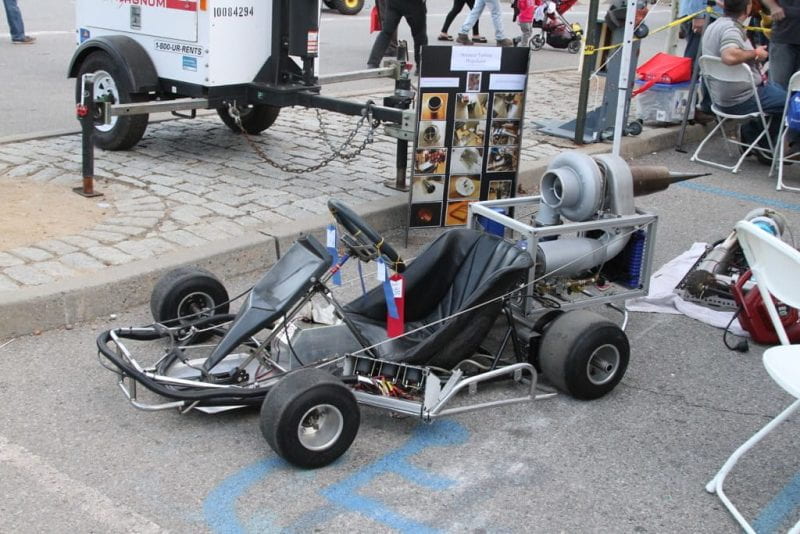After a several months long hiatus from our REVIEW articles, we are going to dive back into a Quebec research 2’fer that examines the effects of tapping on sugar maple tree growth rate and timber accumulation. The Ohio State Maple team hosted a day’s worth of Maple Madness as a stop along the Ohio Tour less than 48 hours ago. While giving sugarbush tours, hands down the most frequent question I fielded was whether tapping hurts the trees. While some research has attempted to answer this question over the past decade or so, 2 relatively new studies out of Quebec take aim on this subject.
The question “does tapping hurt a maple tree?” can be answered from multiple different perspectives. You might respond by citing information about the small percentage of a maple tree’s overall sap that is harvested through the tapping process, even with a high vacuum system. You might make an analogy that a taphole is similar to an insignificant injury and point out that healed tapholes are barely visible to the eye just a year or less later and the percentage of compartmentalized wood is miniscule. You might have another way of replying to that question. The article “Effect of tapping for syrup production on sugar maple tree growth in the Quebec Appalachians” and the paper “Assessing the effects of sugar maple tapping on lumber production” provide additional insights to this delicate topic.
Before we dive in, a few caveats:
- Caveat #1 – this issue has been addressed by different studies through different research labs through time, I’m examining these 2 studies today because they are recent and both from the same geographic area, Quebec. Perhaps we will address some of the other work conducted in this space in future REVIEW articles.
- Caveat #2 – The studies are from Quebec. Stated another way, these studies are not directly applicable to Ohio, but we can certainly learn from them regardless.
- Caveat #3 – both studies are based on tapping recommendations that encourage tapping to begin when a tree is 7.5-9.1 inches in diameter. This recommendation in comparison to more conservation guidelines that we teach locally of 10″ minimum before tapping layered in with the fact that growth productivity is higher in Ohio than Quebec, and we have additional reason to not assume 1 to 1 transferability of results.
The study that focuses on tree growth rates was conducted by a foursome of researchers (Ouimet et al.) back in 2021. They examined tapped and untapped trees within 7 Quebec maple woods on vacuum tubing systems. The normal stringent criteria were applied to ensure trees in each group were as similar as could be except for the main treatment variable: tapped or not tapped. Ouimet and crew worked off a primary hypothesis that tapping sugar maple trees would remove enough of the non-structural carbohydrates (sugars) that tree growth rates would be higher in untapped trees versus tapped trees. Restating their hypothesis another way, extracting sap from sugar maples is in direct competition with resources needed for tree growth.
What did they find? In 6 of the 7 sugar bushes, there was no effect of tapping on tree growth rates. In the 7th site however, tapped trees grew 33% slower over the tapped year period (10 years) than did the untapped trees. A partial explanation seemed to be that soils in that particular forest were strongly Ca-deficient; however, similar decreases in tree growth rate were not observed in 2 other woods that also suffered from low Ca levels. Truth to be told, the team was scratching their heads a bit over the inconsistent results stating the “relatively small NSC [non-structural carbohydrates] allocation to syrup production might explain why we did not find a consistent tree growth response to tapping.” In the most elementary of terms, tapping did not seem to trouble the majority of trees in the study.
The second study coincidentally also featured a four-person research team, and the research utilized data from 17 different sites within Quebec’s public forests. Forest stand management scenarios (how and when to harvest trees) and lumber yields were simulated using a model that gathered data from over 2 thousand individual trees. If taphole-stained maple lumber does in fact have niche value in local and regional niche markets, I would quibble with blanket statements such as the one they provide in the Introduction citing the National Hardwood Lumber Association – “Tap holes are considered defects, and they diminish the manufacturing value of boards.” But the purpose of the work is clear, does tapping affect traditional lumber value of sugar maple logs?

Photo: Firth Hardwood Export Logs
What did they find? Unsurprisingly, the answer is yes. Of course tapping reduces net lumber volume in sugar maples, and tapping reduces the probability of an individual tree yielding a 10 foot saw log. The details are what I found especially interesting. Trees in the study were binned into 4 different health categories. Trees with fungal infections, rot, or noticeable crown dieback were impacted by tapping more than trees that were healthy by visual measures. While this too is unsurprising, I was most impressed by the findings that tapped sugar maples have a 85-90% chance of still yielding a 10′ saw log. However, net lumber volume is still markedly reduced by tapping as the vertical segment of the trunk sectioned by the lowest and highest tapholes (or “butt log”) is defect. Guillemette et al. concede in the very first paragraph of the Discussion that their results do not account for “craftspeople sometimes use these butt logs to produce boards with specific features resulting from tap holes or stain.” I appreciated this admission. Even so under a more traditional notion of what is valuable maple lumber, a notable rule of thumb emerges from their Implications for Management. “Tapping reduces the net standing volume of sugar maple timber by approximately 40% and reduces the harvestable volume after the first 30-year cycle by approximately 40%.” Economic modelling of one-time profits due to timbering need to be compared to the year-over-year return on investment from sugaring a maple woods, but the study does provide some interesting ways to frame and think about our original question – does tapping hurt a maple tree?












